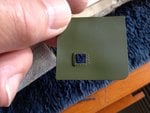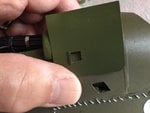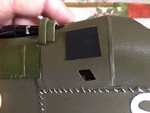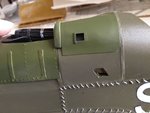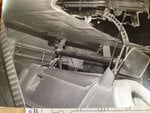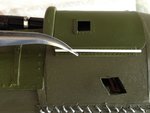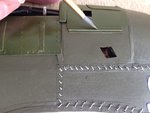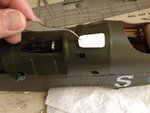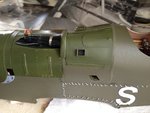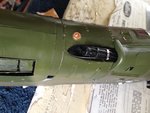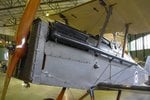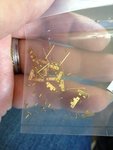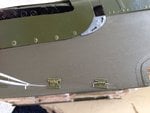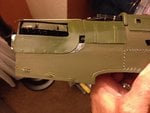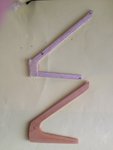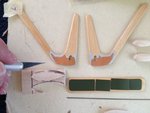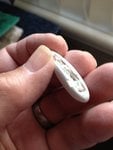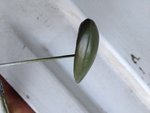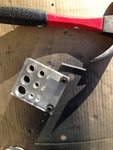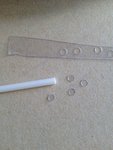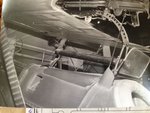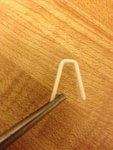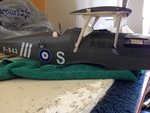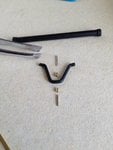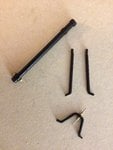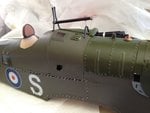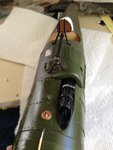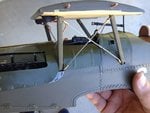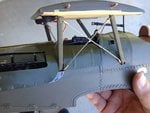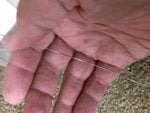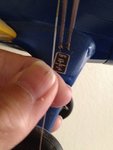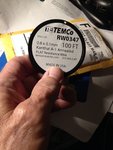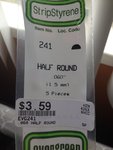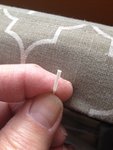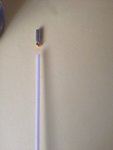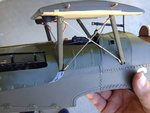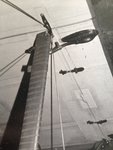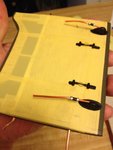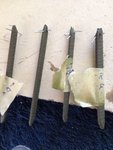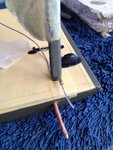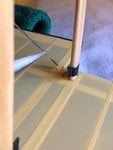- Thread starter
- #161
Skyediamonds
Staff Sergeant
- 1,362
- May 26, 2018
Crimea, Gnomey, and Wurger, I sincerely thank you all for enjoying my posts of the S.E.5. I'll be continuing. So, sit back and relax with your favorite beverage or chair. These pictures show that I've cut out another thin plastic piece from the paper template to be used as a cover over the ejector chute. A closer look reveals that I've also added some details around the opening to the ejector chute.
The next photo shows that by holding it over the fuselage, the green fabric shows through the hole. Well, we can't have that!
So, the next picture shows I've added a square piece of paper painted flat black and glued it into place approximately where the ejector chute would be located after the cover was glued in place.
I was finally able to glue on the paneling into place. Now it looks like a real ejector chute. The black paper prevents the green from being seen.
The next photo shows that by holding it over the fuselage, the green fabric shows through the hole. Well, we can't have that!
So, the next picture shows I've added a square piece of paper painted flat black and glued it into place approximately where the ejector chute would be located after the cover was glued in place.
I was finally able to glue on the paneling into place. Now it looks like a real ejector chute. The black paper prevents the green from being seen.

